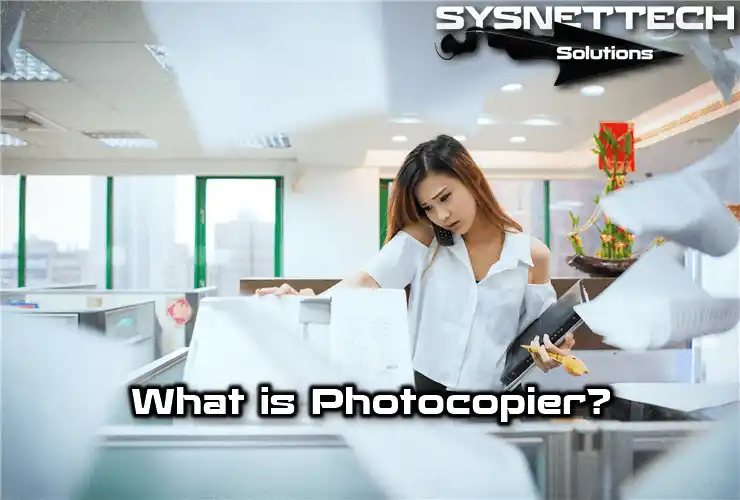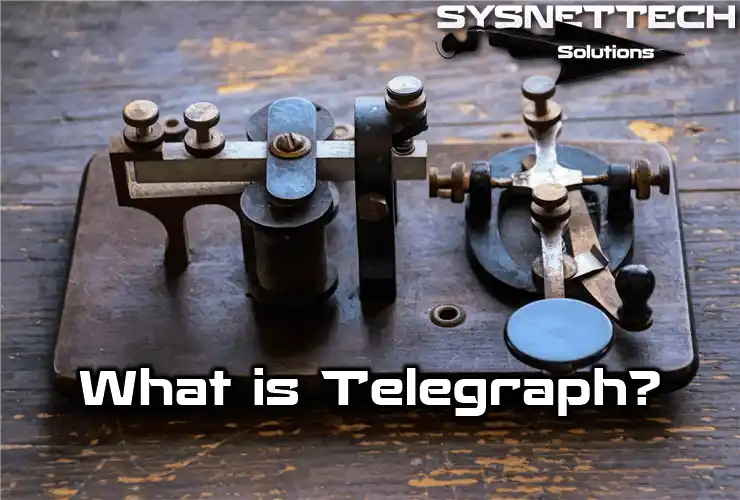A photocopier (copier or copy machine) is a device used to make paper copies of a printed document. It authorizes you to scan, print, and copy complex copy documents.

What Exactly Is a Photocopier, and What Does It Do?
Before the invention of the photocopier, people employed various methods. These methods aimed to create or replicate document copies. But they could have been more efficient and convenient.
Before 1867, attempts to copy were mechanically attempted but unsuccessful. Following these attempts, the typewriter emerged and significantly simplified the copying process.
In 1938, Chester Carlson achieved a breakthrough in copying. Using electrostatic processes or Xerography, he created the first successful paper copy.
Carlson developed the photocopier system. He conducted research at Battelle Memorial Institute. Then, in 1947, he sold his invention to the Haloid company. The Haloid company became Xerox in 1950. Then, a few years later, they introduced the first photocopier.
The creation of the Xerographic system changed everything! People started using it in photocopiers and other devices. They even made machines that could do many things at once.
The devices we use today have digital technology. They look much better and consume less energy. Additionally, they need less maintenance.
Also, these devices, multifunctional machines, perform various functions. They can fax, print, and scan with this technology. Moreover, they can connect to a computer for more possibilities.
Types of Photocopier
Generally, there are two types of photocopiers. The first type is Xerographic, which uses plain paper. The second type is electrostatic, which utilizes a particular sensitive form.
Xerographic Copier
Xerographic photocopiers scan the original document. It uses an intense laser beam to reflect the image onto a rotating drum. The drum has an electrostatically charged photosensitive surface.
After that, the drum distributes toner powder. It adheres to the electric fields and recreates the text or drawing. The image is transferred to paper, and we arrange it in the drum. It fixes the pigment on the copy permanently, completing the process.
Chester Carlson, an American, invented Xerography. He called it electrophotography on October 22, 1938. In 1944, the Ohio Memorial Battelle Institute signed an agreement with Carlson. Still, several institutions rejected his patents in the development process. Later, the company renewed as Xerox. In 1959, they launched the first photocopier.
Electrostatic Copier
Electrostatic photocopiers directly reflect the image onto sensitized paper. The paper’s surface is receptive to electrical charges. They subject the form to a toner bath. Then, the final copying process fixes the particles in their electrical fields.
The development of electrostatic machines started in 1973. It began with the color photocopier created by the Japanese company Cannon. Also, the Canon company invented the monochrome laser copier. Then, it developed the first color laser copier on plain paper in 1986.
Features of Document Copying Devices
Photocopiers have many cool features. You can use separator pages, print on both sides, and even bind pages together. They can also automatically number pages and add watermarks.
In scanning processes, we achieve a better output by eliminating dark edges. Besides those features, photocopiers can do more! They can make the text look better, improve readability by lightening the background, and even save toner powder.
Users can share scanned documents with others over the network. Also, it supports services such as FTP or e-mail. It also handles the conversion of the paper to the most used PDF extension in a digital environment.



